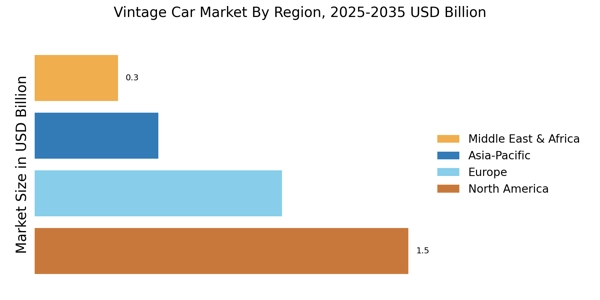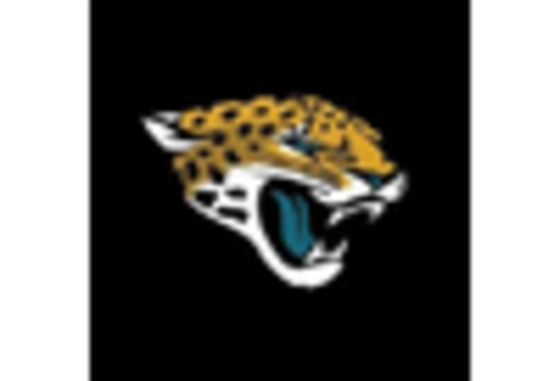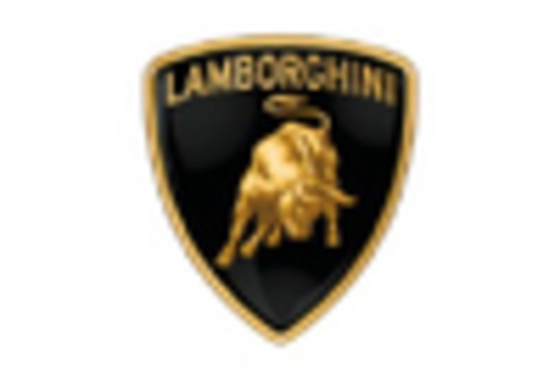Cultural Significance and Nostalgia
The Vintage Car Market is significantly influenced by the cultural significance and nostalgia associated with classic automobiles. Many consumers are drawn to vintage cars due to their historical context and the memories they evoke. This emotional connection often translates into a willingness to invest in vintage vehicles, as they represent a bygone era of craftsmanship and design. Market data suggests that vintage cars from the 1960s and 1970s are particularly popular, as they resonate with individuals who grew up during that time. This nostalgia-driven demand not only fuels sales but also encourages the preservation of vintage cars as cultural artifacts. As the appreciation for history and craftsmanship continues to grow, the Vintage Car Market is likely to thrive, attracting both collectors and casual enthusiasts alike.
Investment Potential of Vintage Cars
The Vintage Car Market is increasingly recognized for its investment potential, attracting a diverse range of investors looking for alternative assets. As traditional investment avenues become more volatile, vintage cars present a unique opportunity for capital appreciation. Market analysis reveals that certain vintage models have outperformed traditional investments, with returns exceeding 10% annually over the past five years. This trend is further supported by the emergence of specialized investment funds focused on classic cars, which cater to investors seeking to diversify their portfolios. As awareness of the financial benefits of investing in vintage cars grows, the Vintage Car Market is likely to see an influx of new investors, thereby enhancing its overall market dynamics.
Rising Collectibility of Vintage Cars
The Vintage Car Market experiences a notable increase in the collectibility of vintage cars, driven by a growing interest among enthusiasts and collectors. This trend is evidenced by auction results, where classic cars have fetched record prices, indicating a robust demand. The appreciation of vintage cars as investment assets is further supported by data showing that certain models have increased in value by over 300% in the last decade. This rising collectibility not only attracts seasoned collectors but also new entrants into the market, thereby expanding the consumer base. As more individuals view vintage cars as a viable investment, the Vintage Car Market is likely to see sustained growth, with a diverse range of models being sought after for their historical significance and aesthetic appeal.
Growing Interest in Classic Car Events
The Vintage Car Market benefits from a growing interest in classic car events, which serve as platforms for enthusiasts to showcase their vehicles and connect with like-minded individuals. Events such as car shows, rallies, and auctions have seen increased attendance, reflecting a vibrant community of vintage car lovers. Data indicates that participation in these events has risen by over 20% in recent years, highlighting the expanding appeal of vintage cars. These gatherings not only foster a sense of community but also stimulate sales, as attendees often seek to purchase vehicles or parts. As the trend of hosting and attending classic car events continues, the Vintage Car Market is poised for growth, driven by the enthusiasm and engagement of its participants.
Technological Advancements in Restoration
Technological advancements play a crucial role in the Vintage Car Market, particularly in the restoration and maintenance of classic vehicles. Innovations such as 3D printing and advanced diagnostic tools have made it easier for restorers to source rare parts and enhance the performance of vintage cars. This has led to a resurgence in the restoration market, with many enthusiasts opting to restore rather than replace vintage vehicles. Data indicates that the restoration segment has grown by approximately 15% annually, reflecting a strong demand for skilled restoration services. As technology continues to evolve, it is anticipated that the Vintage Car Market will benefit from improved restoration techniques, making vintage cars more accessible and appealing to a broader audience.


















Leave a Comment